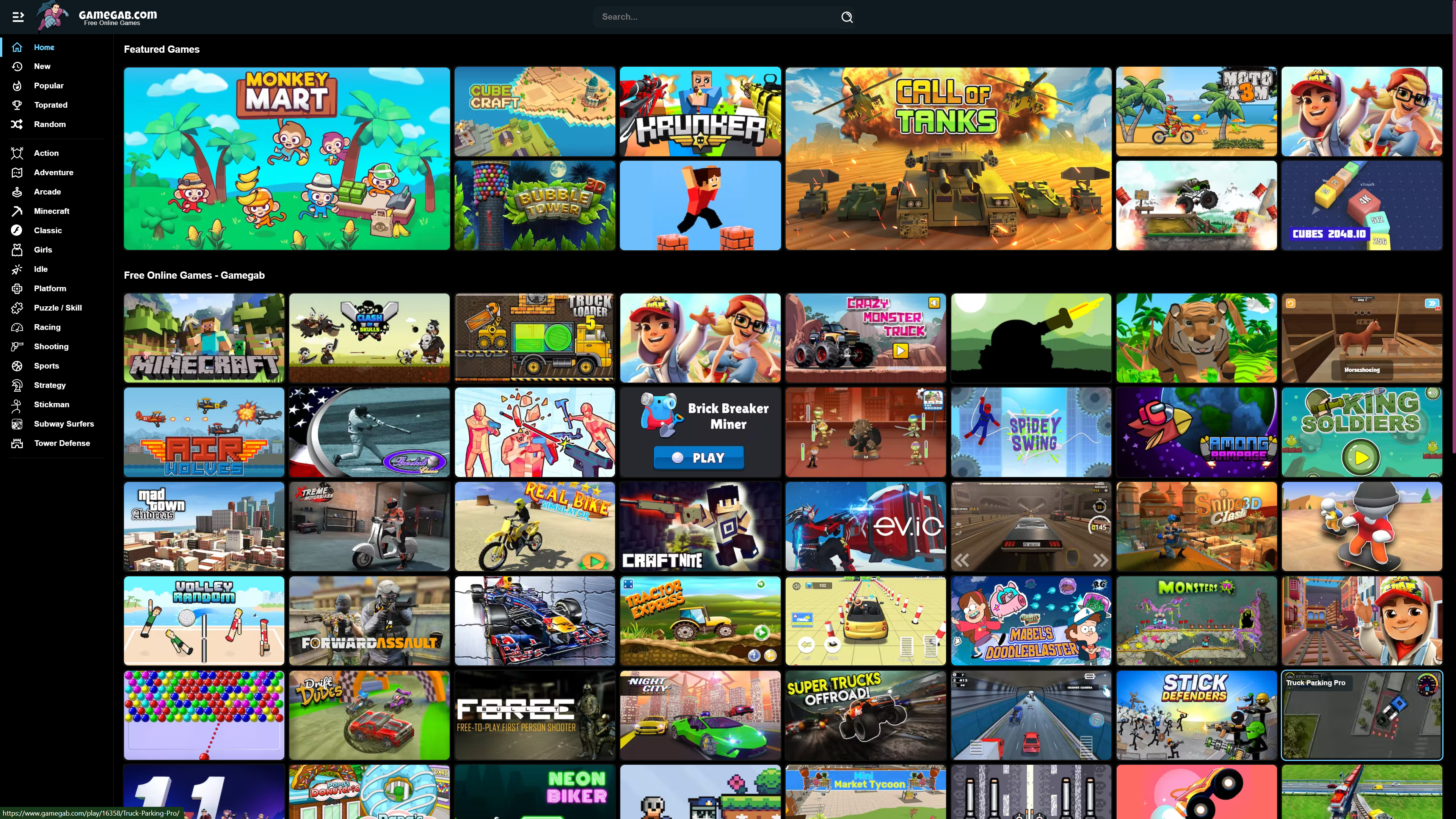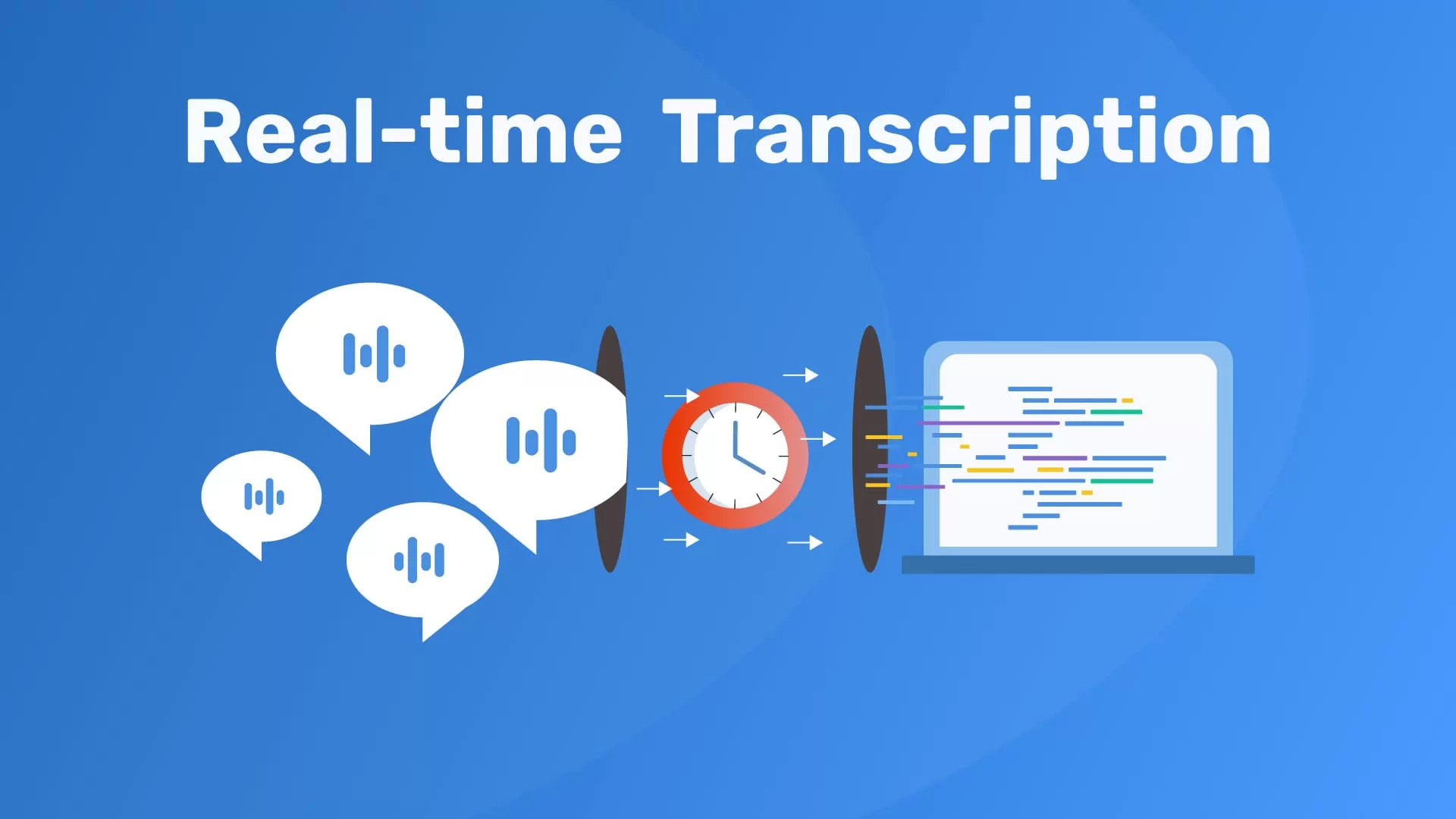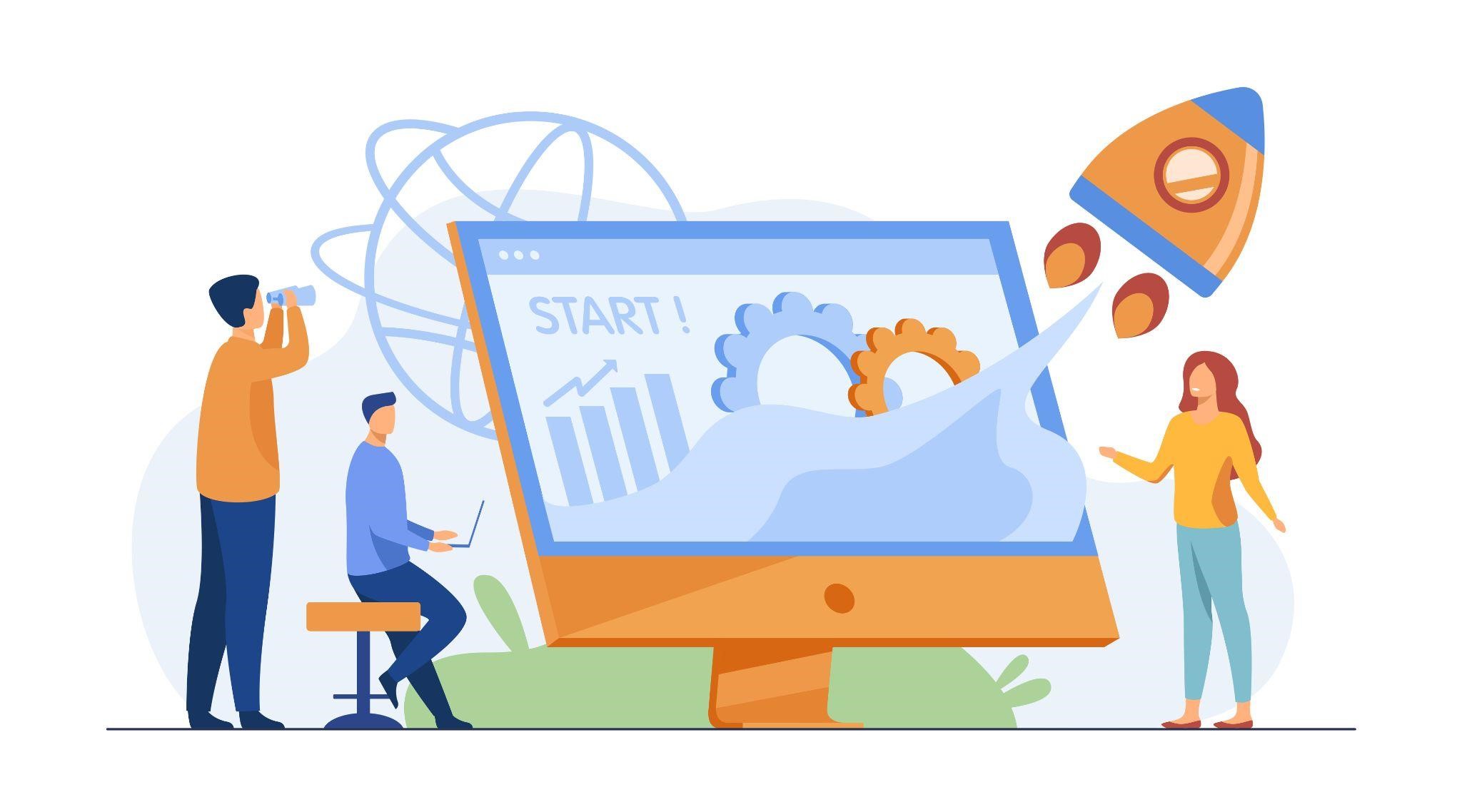Guide to SharePoint Adoption: How to Ensure Successful Implementation
When you think of the most popular digital platform, chances are you don’t think of Microsoft SharePoint. As an extension of Microsoft Office, SharePoint has been around for a while now and is a staple in almost every organization today.
With so many companies using it, ensuring that your organization runs successfully with SharePoint can be challenging. Adoption comes with complexity but not in the way you think. It may seem overwhelming at first glance and there are so many variables to consider.
If you’ve come across this article and have some questions about how to ensure successful implementation, keep reading for answers on how to effectively use SharePoint in your organization.
What Is SharePoint?
SharePoint is a digital platform that allows organizations to create a more personal, efficient, and accessible work environment. Its flexible architecture allows users to create webpages, share files, collaborate in teams, track tasks, hold meetings, manage calendars, and more. The most important feature of SharePoint is the ability to connect with users and external systems.
Unlike many other digital platforms that are meant to be centralized, SharePoint allows users to connect with their external systems through a number of methods. This includes storing data in OneDrive or OneNote and creating apps to suit different workflows.
Why Use SharePoint?
There are many reasons that you should use SharePoint. Beyond the obvious benefits of having a centralized digital platform for your organization, it is also a great way to communicate with your employees. Whether it’s conducting onboarding training or conducting performance reviews, you can use SharePoint to deliver training and feedback to your employees. Since SharePoint is central to the organization, it’s a good way to communicate with other departments, like marketing and sales, or to create a hub for your employees to find information, such as a central knowledge base.
SharePoint Adoption Strategies
When it comes to adoption, it’s important to keep in mind that SharePoint is a digital platform, not a digital tool. It stands apart from other digital tools because it is central to almost everyone’s workflow and communications. You can’t just throw SharePoint into your business and expect it to take off. It’s important to understand why you’re using it and how to use it to its fullest potential. Here are a few adoption strategies that you can keep in mind.
You’re not a SharePoint expert yet
If you’re just starting out with SharePoint, then you should know that it’s important to transition over gradually and don’t try to start using it for all of your needs right away. It’s better to start with a few key projects that use SharePoint and then slowly transition to using it more.
Create a pilot project
If you don’t have a lot of budget, then starting a pilot project that uses SharePoint can be a great way to get started on the right foot. A pilot project should be small with a goal in mind.
Leverage existing digital platforms
If you’re trying to transition from another digital platform, then it’s important to understand what you can take from your old platform and use that in your new SharePoint project. For example, you can keep your internal communication tools like email and document sharing in place.
Understand your business goals
It’s important to understand what your business goals are and how SharePoint can help you achieve those goals.
Digital Adoption Platforms
There are a lot of digital adoption platforms that provide contextual training to end users which has resulted in a sharp increase in adoption rates for companies using them. SharePoint Digital Adoption Platform is another solution that can be incorporated into your strategy.
How to Ensure Successful SharePoint Implementation
As with any digital Adoption platform, there are certain steps that you should take to ensure successful SharePoint implementation. These include evaluating the right fit for your business, understanding your technology needs, identifying the right team members, and having an effective onboarding plan. Below are some valuable suggestions to help you ensure successful SharePoint implementation.
Evaluate the right fit
Before you even think about implementing SharePoint, you should evaluate the right fit for your business. With a plethora of different tools on the market, it’s important to understand what your organization needs and what SharePoint can offer.
Understand your technology needs
Once you’ve determined that SharePoint is the right fit for your organization, it’s important to understand your technology needs. There are certain platforms that you may want to use for SharePoint, such as Microsoft Office 365.
Identify the right team members
When it comes to SharePoint implementation, the team members that you should consider hiring are those who specialize in IT. It’s also important to consider hiring project managers, especially if you don’t have much experience with IT.
Have an effective onboarding plan
An effective onboarding plan for SharePoint can make all the difference in the world. Be sure to create an effective onboarding plan before implementing SharePoint, especially if you don’t have much experience with IT.
Bottom Line
SharePoint Adoption can be a challenge if you are not prepared for the hurdles that will eventually show up at certain points. Therefore, it is important to be proactive and have a strong base for digital adoption. It is important that you utilize the tips that are given above. Moreover, it is also important to identify opportunities that might specifically help your organization.











